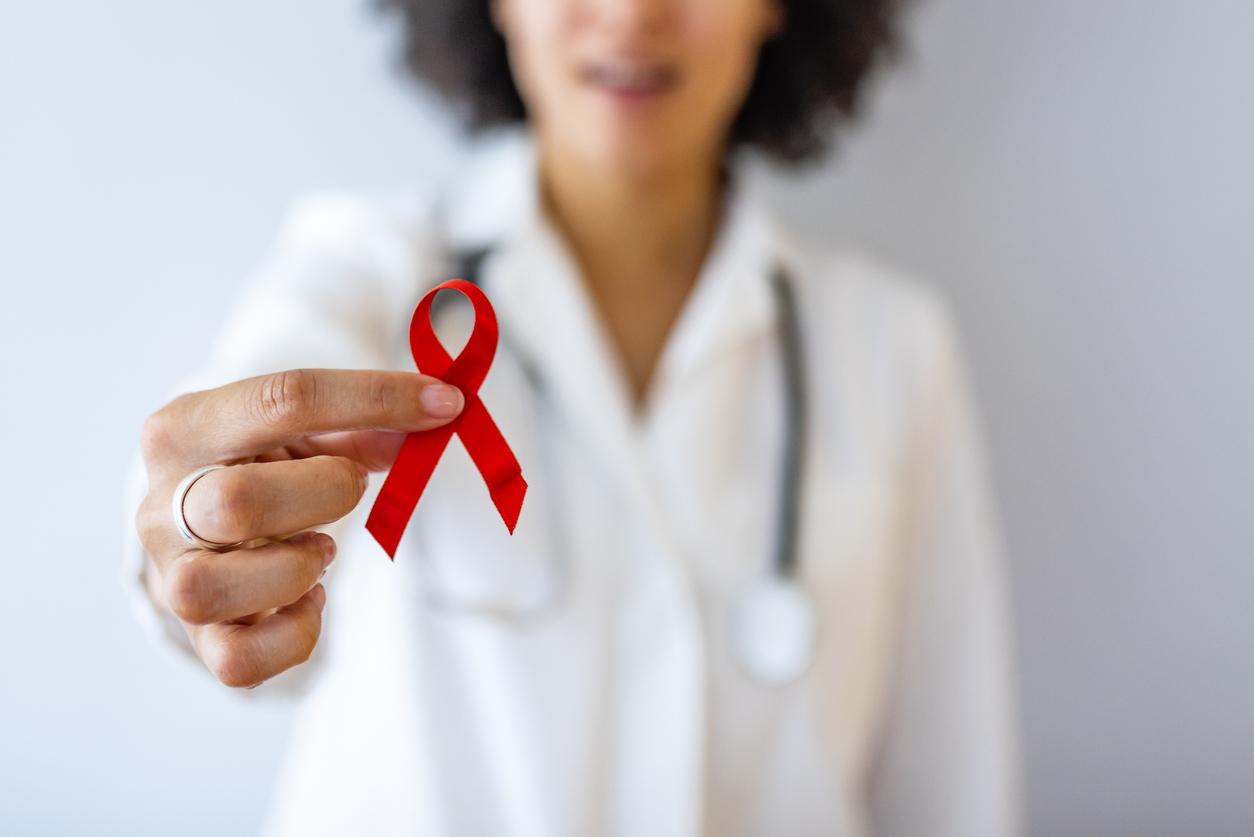Fasting would not be necessary to establish the lipid profile, according to the results of a study published in the medical journal European Heart Journal. Screening for the disease on a full stomach would even make it possible to better tailor the treatment to each patient.
Since 2009, while all countries have been practicing the cholesterol on an empty stomach, Denmark does not require patients to stop food intake to detect this chronic disease.
Researchers from the University of Copenhagen (Denmark) carried out a study to analyze the effectiveness of screening for the rate of bad cholesterol with a full stomach.
They conducted their study on more than 300,000 participants and concluded that on an empty stomach or full stomach, the screening test for cholesterol and triglycerides showed the same results. But, that it was easier to establish a suitable treatment when the screening had been done on a fed patient.
“Reduce the constraints for patients to access the screening test for cholesterol would improve access to the examination and tailor treatments to each patient, ”explains Professor Borge Nordestgaard.
“So ultimately this change in recommendation could reduce the global burden of cardiovascular disease and death.”
Solutions to limit high bad cholesterol levels
The first step to reducing the risk of bad rates cholesterolis to promote a food low in saturated fatty acids in favor of polyunsaturated fatty acids. It is also recommended to give pride of place to fibers (fruits and vegetables). To limit the risk, it is also important to vary your diet by favoring a certain number of foods that help maintain a good cholesterol level (fruits, vegetables, fish and seafood, poultry, etc. Whole grains especially oatmeal, soy foods including tofu). The brisk walk, the bike or swimming also helps prevent the risk of this chronic disease.
Read also:
Anti cholesterol diet, it works!
Cholesterol: 6 truths about treatments
Infographic: what is good cholesterol?


















